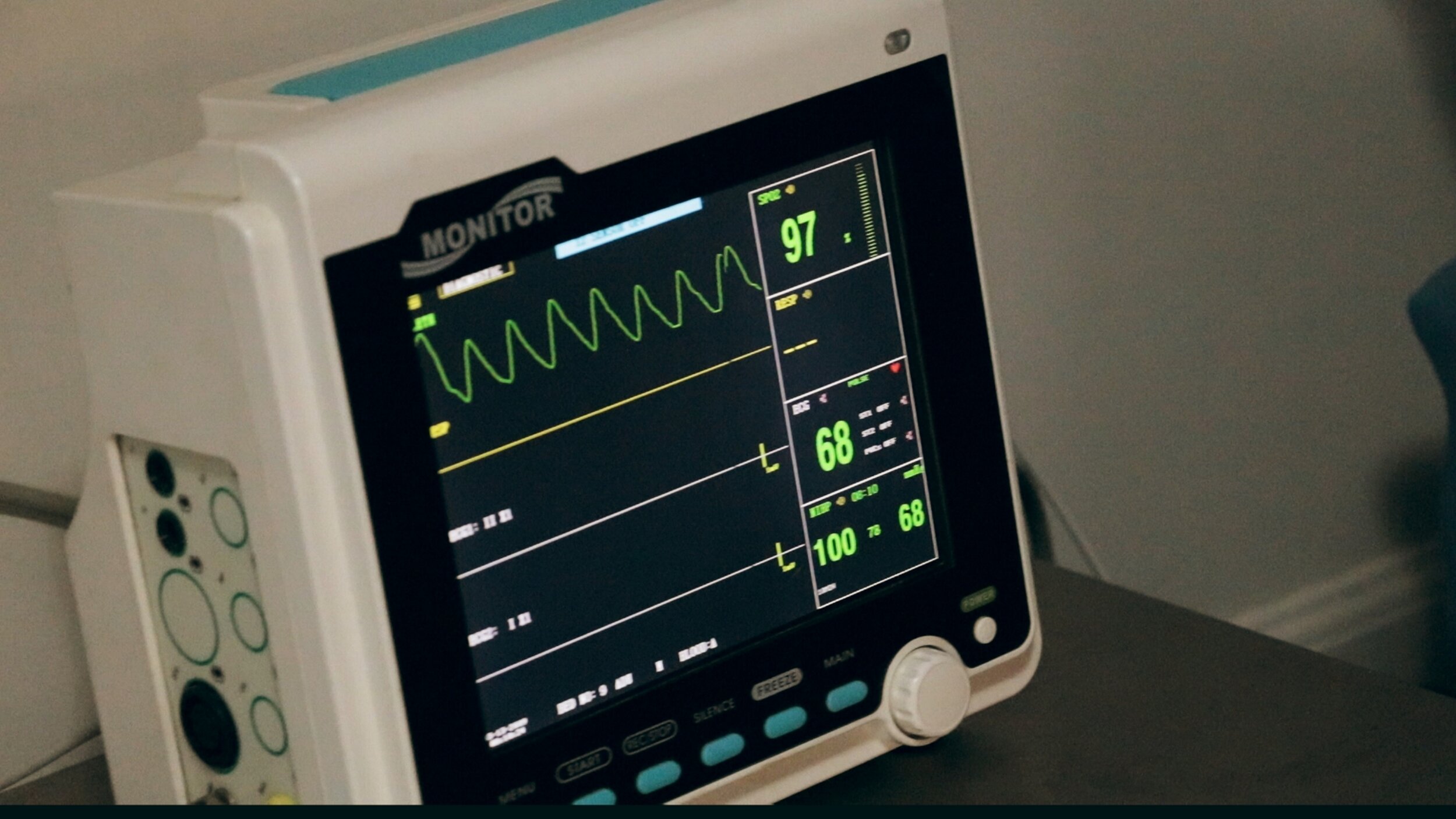Developing Complex User Interfaces In Devices With Embedded Systems
A restriction on elegant user interface design in medical and life science devices that incorporate embedded systems is that the smaller the platform, the less can be accomplished with the UI. Another factor can be limited resources and development time to devote to numerous iterations of designing, testing, and refinement to get the beautiful UI experience.
Although traditionally embedded processors have been concerned with power, heat, and longer in-service times, CPU and GPU hardware capabilities are increasing now. There is more speed and capability than ever before and with less power consumption and heat.
With the release of the newest set of user interface tools, designers can prototype, evaluate and develop complex user interfaces for medical and life science devices with embedded systems, easing the process of graphic design.
As the User Interface Skillset is incorporated into technical design, User interface Tool Kits allow elegant graphical displays to be developed for resource constrained embedded devices, blending powerful features with striking user experiences.
High-fidelity prototyping tools can help with experimenting with more complex interactions, communicate the design to the development team, and begin testing the design on real hardware. Prototyping can reduce risk.
Some of the new tools include:
QT
Many linux based embedded systems come with support for QT. QT has been around for a while and has evolved into an excellent workflow for developing simple to highly complex embedded user interfaces. Its WYSYWIG drag-and-drop tools allow prototyping and testing of user interfaces early in the development process. QT includes a larger set of pre-built control libraries. QT now supports embedded web content, including user interfaces developed using HTML5.
Crank Software Storyboard Suite
Crank Software’s Storyboard Suite bridges the gap between prototyping and production-level implementation for embedded devices like medical products. Using the suite’s Storyboard Designer component, you import Photoshop files and link them into a prototype. Developers then import the prototype into your target hardware where the Storyboard Engine component translates your screens into real code for production deployment. This bidirectional workflow lets your designers and developers collaborate closely to fine-tune the design as you go through formative and summative testing.
Adobe XD
While not a code generating tool, user interface and artistic components can be put into user interface prototypes for experience testing and flow demonstrations. These tools fill the gap of aesthetic design, including backgrounds, complex control artwork etc. into a testable flow. The generated art components can then be imported into the other tools as content input.
Axure RP
Axure RP has vast libraries of pre-built controls (buttons, text fields) and behaviors that let you simulate data entry, conditional logic, and animations. For example, you can allow a user to enter data by tapping on the keyboard, animate the keys pushing in and out, and then take different actions based on what value was entered.
You can build your screens with Axure’s built-in drawing tools or import from other drawing software. One of Axure’s more powerful features is “Masters,” which lets you create reusable components so that visual or behavior changes can be made in one place but applied throughout your prototype.
While Azure may not be targeted directly at embedded devices, the higher and higher integration of graphics controllers, memory size and advanced operating system support are making workstation web design tools more attractive for use in embedded products.

